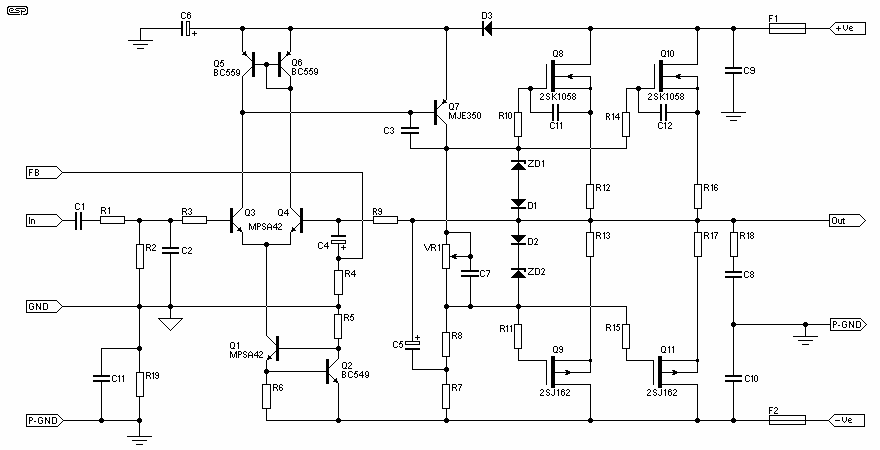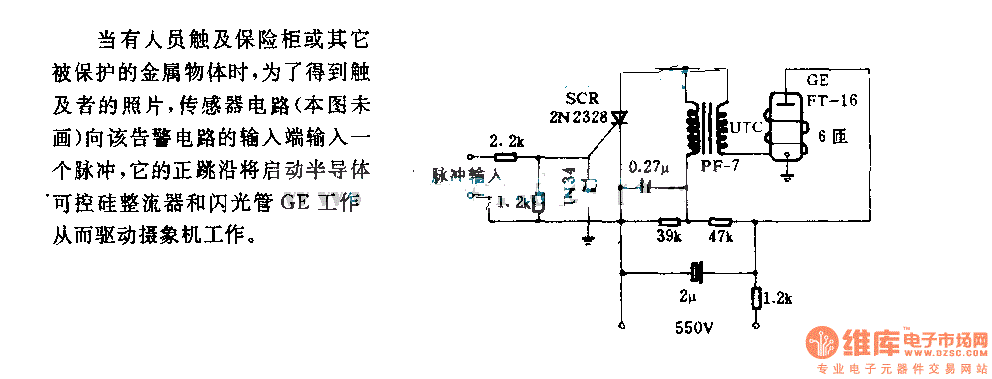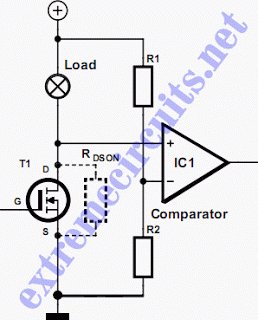
Fet voltmeter

This FETVM replaces the function of the VTVM while eliminating the need for a traditional line cord. Additionally, it offers significantly improved drift rates compared to vacuum tube circuits, enabling a 0-volt full-scale range that is generally impractical with most vacuum tubes. The low-leakage, low-noise 2N4340 is an ideal device for this application.
The FETVM (Field Effect Transistor Voltmeter) serves as a modern alternative to the traditional Vacuum Tube Voltmeter (VTVM). By utilizing FET technology, this instrument achieves enhanced performance characteristics, particularly in terms of drift rates and power supply requirements. The elimination of a line cord not only simplifies the design but also enhances portability and user convenience, making it suitable for various applications.
The core of the FETVM's functionality lies in the use of the 2N4340 transistor, which is selected for its low leakage and low noise properties. These attributes are crucial for maintaining measurement accuracy and stability over time. The FET's high input impedance minimizes the loading effect on the circuit being measured, which is particularly beneficial in sensitive electronic applications.
The design of the FETVM allows it to operate effectively within a 0-volt full-scale range, a significant advantage over traditional vacuum tube voltmeters. This capability makes it ideal for measuring small signal levels without introducing significant errors due to drift or noise. The use of FETs also contributes to a more compact and efficient circuit design, reducing the overall size and complexity of the instrument.
In summary, the FETVM represents a significant advancement in voltmeter technology, combining the benefits of solid-state devices with the operational characteristics needed for precise voltage measurements. Its design prioritizes portability, accuracy, and ease of use, making it an essential tool for modern electronics testing and diagnostics.This FETVM replaces the function of the VTVM while at the same time ridding the instrument of the usual line cord. In addition, drift rates are far superior to vacuum tube circuits allowing a 0 volt full scale range which is impractical with most vacuum tubes.
The low-leakage, low-noise 2N4340 is an ideal device for this application. 🔗 External reference
The FETVM (Field Effect Transistor Voltmeter) serves as a modern alternative to the traditional Vacuum Tube Voltmeter (VTVM). By utilizing FET technology, this instrument achieves enhanced performance characteristics, particularly in terms of drift rates and power supply requirements. The elimination of a line cord not only simplifies the design but also enhances portability and user convenience, making it suitable for various applications.
The core of the FETVM's functionality lies in the use of the 2N4340 transistor, which is selected for its low leakage and low noise properties. These attributes are crucial for maintaining measurement accuracy and stability over time. The FET's high input impedance minimizes the loading effect on the circuit being measured, which is particularly beneficial in sensitive electronic applications.
The design of the FETVM allows it to operate effectively within a 0-volt full-scale range, a significant advantage over traditional vacuum tube voltmeters. This capability makes it ideal for measuring small signal levels without introducing significant errors due to drift or noise. The use of FETs also contributes to a more compact and efficient circuit design, reducing the overall size and complexity of the instrument.
In summary, the FETVM represents a significant advancement in voltmeter technology, combining the benefits of solid-state devices with the operational characteristics needed for precise voltage measurements. Its design prioritizes portability, accuracy, and ease of use, making it an essential tool for modern electronics testing and diagnostics.This FETVM replaces the function of the VTVM while at the same time ridding the instrument of the usual line cord. In addition, drift rates are far superior to vacuum tube circuits allowing a 0 volt full scale range which is impractical with most vacuum tubes.
The low-leakage, low-noise 2N4340 is an ideal device for this application. 🔗 External reference





